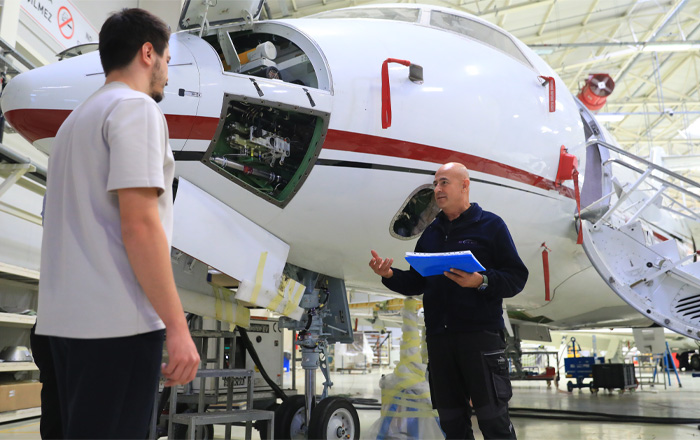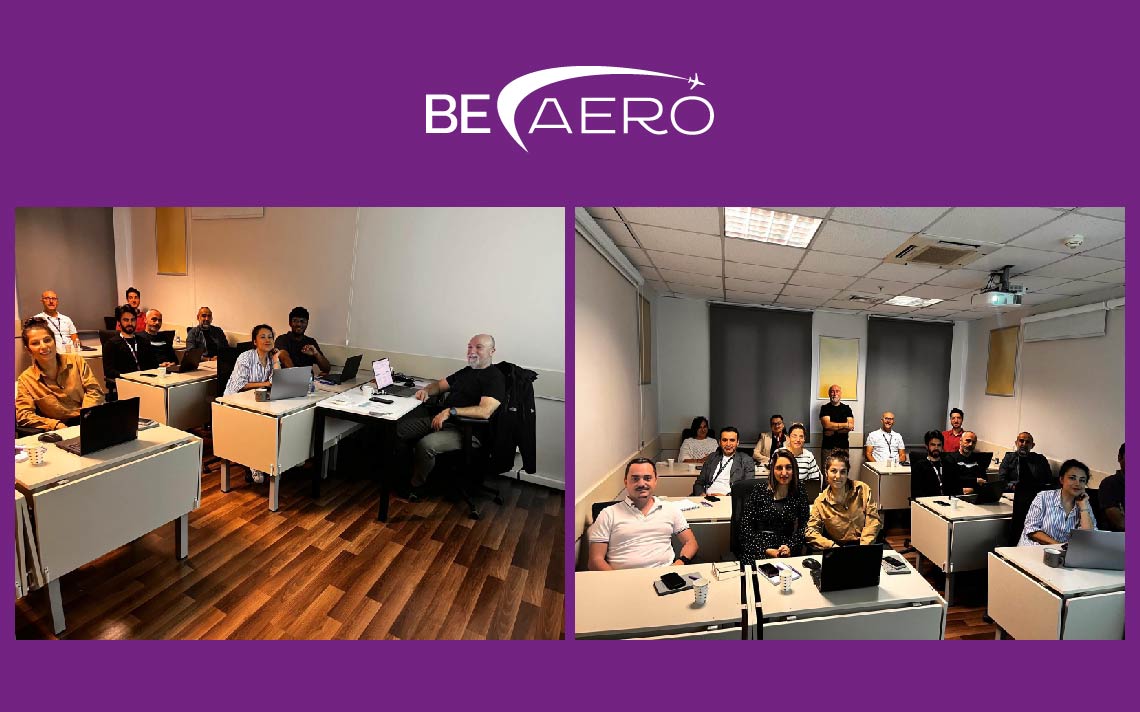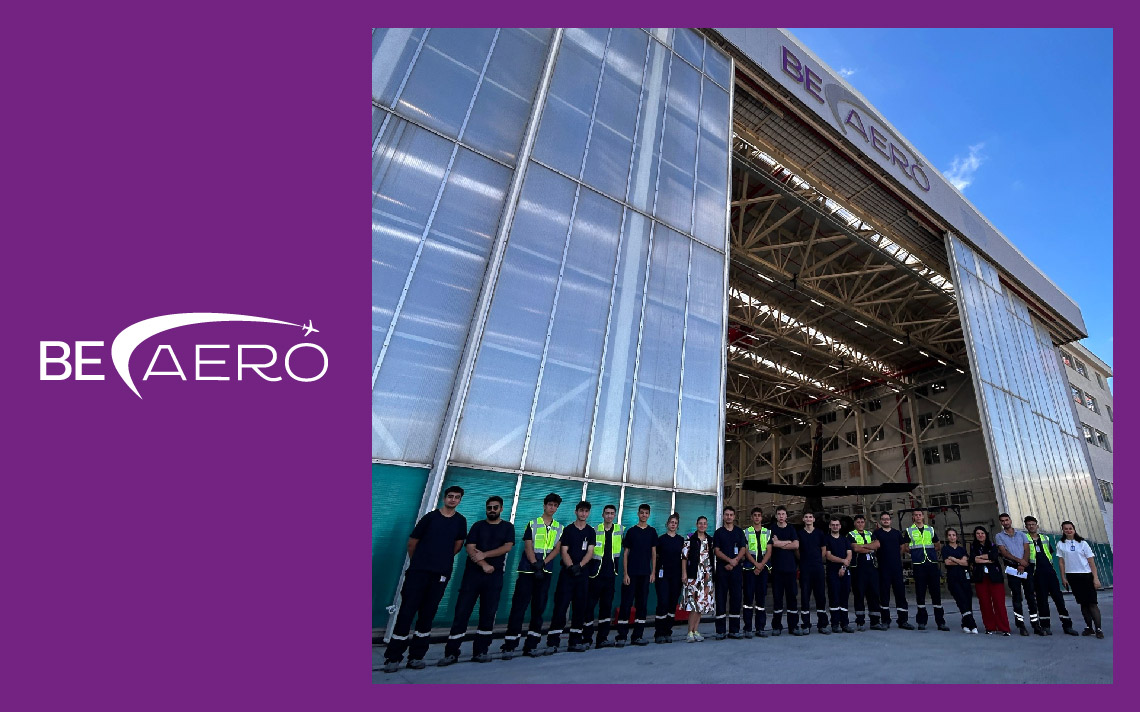
Why Aircraft Maintenance is Critically Important
In the world of aviation, safety is everything. Behind every smooth flight is a dedicated team of engineers and technicians who ensure that each aircraft is airworthy, reliable, and safe to operate. Aircraft maintenance is not just a regulatory requirement — it’s the cornerstone of aviation safety and operational efficiency.
In this blog, we’ll explore the key reasons why aircraft maintenance is so crucial, take a look at standard maintenance checks, and dive into how modern predictive maintenance is changing the game.
The Role of Maintenance in Flight Safety
Airplanes operate under extreme conditions — high altitudes, rapid pressure changes, varying temperatures, and long operating hours. Without proper maintenance, even the smallest undetected issue could lead to critical failures.
Proper aircraft maintenance ensures:
-
Structural integrity of the airframe and wings
-
Optimal engine performance and fuel efficiency
-
Functional avionics, navigation, and communication systems
-
Passenger and crew safety
Every component must be inspected, tested, and certified to meet strict aviation safety standards set by regulatory bodies like EASA, FAA, or SHGM.
Understanding Periodic Maintenance Checks: A, B, C, D
Aircraft maintenance is carried out in predefined intervals known as checks. These checks range from quick inspections to complete overhauls:
A Check
-
Performed every 400–600 flight hours
-
Basic inspection of avionics, hydraulics, filters, and brakes
-
Usually done overnight and completed in a few hours
B Check (Less common today)
-
Every 6–8 months
-
More in-depth than A Check
-
Often incorporated into multiple A Checks in modern practices
C Check
-
Performed every 18–24 months or 6,000 flight hours
-
Involves inspection of most of the aircraft’s systems
-
Takes 1–2 weeks; requires aircraft to be taken out of service
D Check
-
Also called a “Heavy Maintenance Visit” (HMV)
-
Conducted every 6–10 years
-
Aircraft is disassembled for full structural inspection and overhaul
-
Can take up to 2 months and is the most comprehensive maintenance task
Predictive Maintenance: A Modern Approach
Thanks to advancements in data analytics and smart sensors, predictive maintenance is revolutionizing how aircraft health is monitored.
Instead of waiting for a scheduled check, airlines can now:
-
Monitor aircraft systems in real-time
-
Detect patterns leading to component wear or failure
-
Replace parts before they break, reducing unexpected downtime
At Be Aero, we integrate predictive maintenance tools with traditional practices to enhance safety, reduce costs, and ensure maximum aircraft availability.
Conclusion
Aircraft maintenance is not optional — it’s the backbone of aviation safety. From routine A Checks to deep D overhauls, every procedure ensures that passengers reach their destination safely and airlines operate without disruption.
As technology advances, combining expert technicians with smart systems will define the future of reliable air travel.


